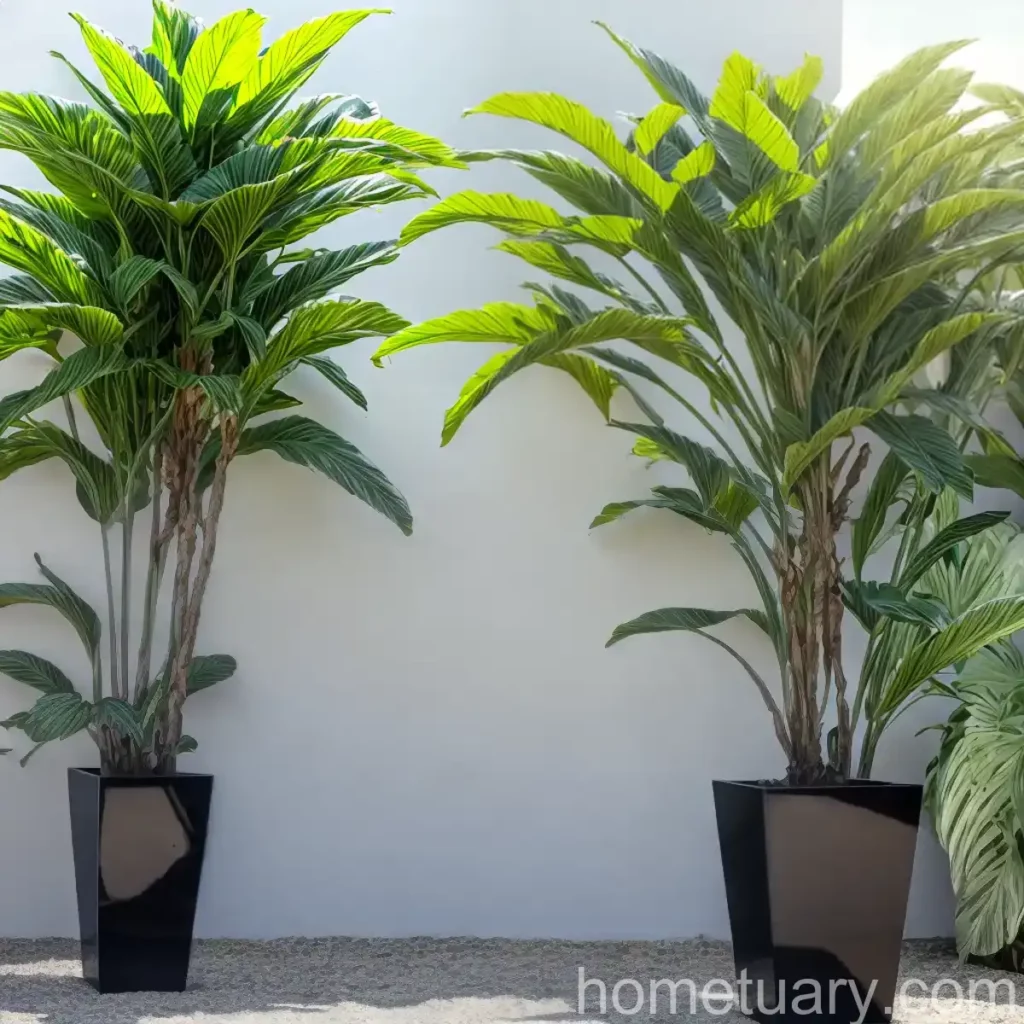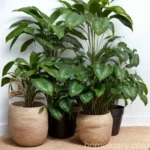Cavanillesia (Cavanillesia platanifolia): A Botanical Marvel
Plants are an essential aspect of our natural world, providing us with oxygen, food, medicine, and numerous other resources. They play a crucial role in maintaining the ecological balance and enriching our surroundings with their beauty. In this blog, we’ll delve into the fascinating world of Cavanillesia (Cavanillesia platanifolia), a remarkable plant species with unique characteristics, cultural significance, and ecological importance.
What is Cavanillesia (Cavanillesia platanifolia)?
Cavanillesia platanifolia, commonly known as Cavanillesia, is a striking tree species belonging to the Malvaceae family. This large, deciduous tree is native to the tropical regions of South America, where it thrives in warm and humid environments. The genus name “Cavanillesia” honors Antonio Cavanilles, a distinguished Spanish botanist, and taxonomist.
Cavanillesia platanifolia Characteristics
- Scientific Name: Cavanillesia platanifolia
- Family: Malvaceae
- Common Names: Cavanillesia, Palo bobo, and Pichoco
- Plant Type: Deciduous Tree
- Native Habitat: Tropical South America
- Average Height: 15-20 meters
- Leaves: Large, palmate, and deeply lobed
- Flowers: Showy, fragrant, white to pale yellow
- Fruit: Oval-shaped, woody capsules containing seeds
Key Takeaways – Cavanillesia (Cavanillesia platanifolia)
Culture
- Cavanillesia platanifolia is deeply rooted in the cultural and traditional practices of various indigenous communities in South America. It holds significant spiritual and medicinal value among these communities and is utilized in various rituals and ceremonies.
Uses
- The wood of Cavanillesia platanifolia is prized for its durability and is used in the construction of furniture, boats, and other wooden crafts. Medicinally, different parts of the tree, including the bark and leaves, are used in traditional herbal remedies.
Water
- While Cavanillesia platanifolia prefers consistently moist soil, it is crucial to avoid waterlogging. Adequate drainage is essential to prevent root rot and other water-related issues.
Sunlight
- This species thrives in full sunlight and benefits from extended periods of direct sun exposure. Adequate sunlight is essential for healthy growth and prolific flowering.
Fertilizer
- Cavanillesia platanifolia benefits from a balanced fertilizer application during the growing season, aiding in robust growth and vibrant flowering.
Soil
- It thrives in well-draining, fertile soil with a slightly acidic to neutral pH. Ample organic matter in the soil promotes healthy growth and encourages abundant flowering.
Pruning
- Regular pruning, particularly in the early years, helps shape the tree and improve its overall structure. It also aids in the removal of damaged or diseased branches, promoting a healthier tree.
Propagation
- Propagation through seeds or stem cuttings is viable, with seeds being the preferred method. However, it’s important to note that Cavanillesia platanifolia may take several years to reach maturity and begin flowering when propagated from seeds.
Container Popularity
- While Cavanillesia platanifolia is primarily cultivated in outdoor landscapes due to its large size, it can be grown in spacious containers or large pots, provided they offer ample room for root development.
Container Common Diseases
- In container cultivation, issues such as root rot and fungal diseases can arise if the soil becomes waterlogged. Proper drainage and suitable potting mix can mitigate these concerns.
Disease Diagnosis
- Common diseases affecting Cavanillesia platanifolia include leaf spot diseases and powdery mildew. It’s crucial to monitor the tree for any signs of disease and take prompt measures to address them.
Common Pests
- Aphids, scale insects, and mealybugs are common pests that may affect Cavanillesia platanifolia. Regular inspection and, if necessary, the application of appropriate pest control measures can effectively manage these challenges.
Botanist’s Tips
- When cultivating Cavanillesia platanifolia, a well-considered planting location is crucial, as the tree’s large size necessitates adequate space for unimpeded growth and spread. Additionally, providing a supportive framework for young trees can aid in their structural development.
Fun Facts
- Indigenous folklore often surrounds Cavanillesia platanifolia, with various myths and stories depicting its cultural significance and symbolic meanings. The tree’s majestic presence in its natural habitat further adds to its allure.
Links to External Resources
- The Morton Arboretum – Cavanillesia platanifolia
- World Agroforestry – Medicinal Plants of Peru
- FAO – Cavanillesia platanifolia
Conclusion
Cavanillesia platanifolia stands as a testament to the rich biodiversity and ecological significance of tropical plant species. Its cultural, medicinal, and ecological value underscores the intricate relationship between plants and human societies. By understanding and appreciating the unique traits and requirements of species like Cavanillesia, we can contribute to their conservation and sustainable utilization, preserving these botanical marvels for future generations.















